How Granite Construction Keeps Teams Connected In Ever-Changing Conditions
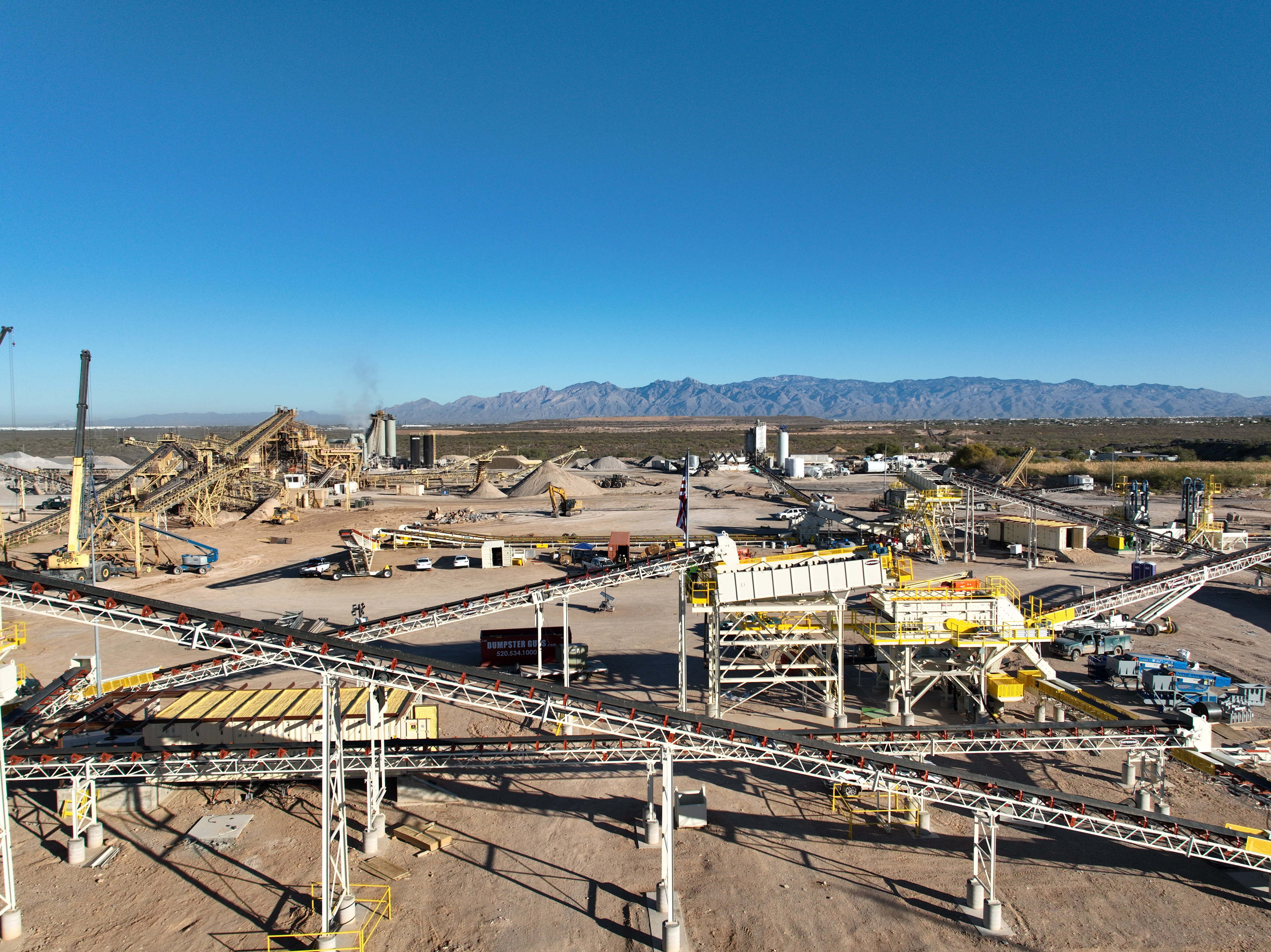

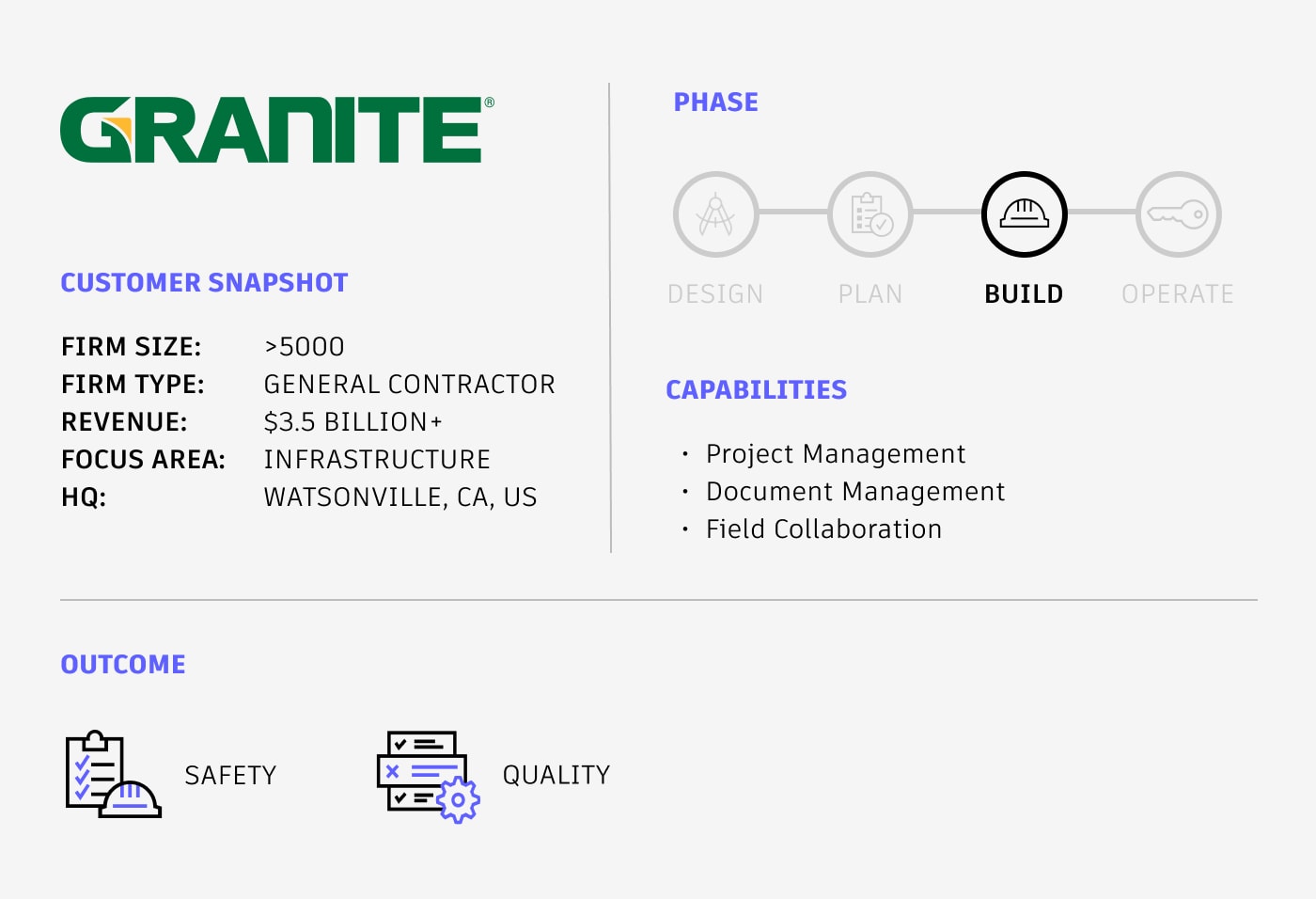
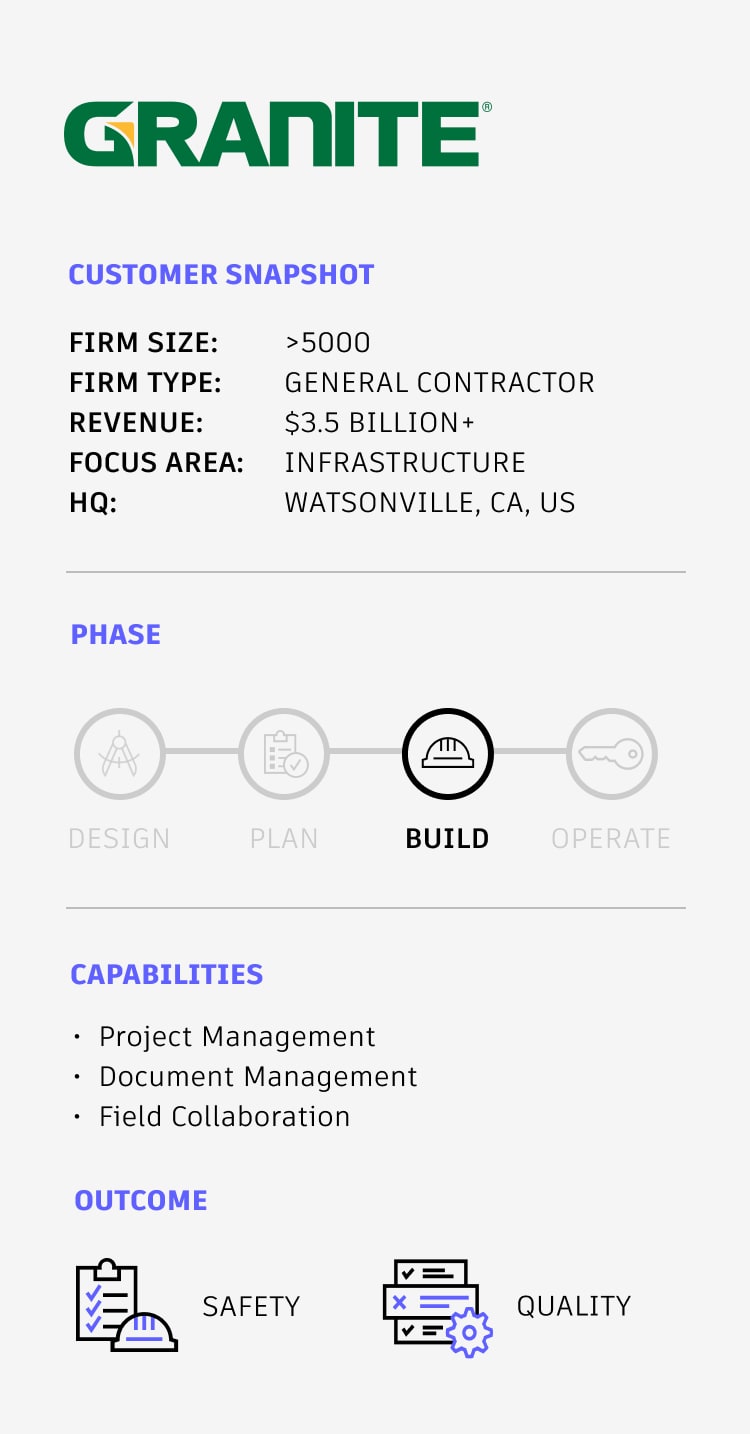
The only constant on construction projects is change, whether it’s a shorter timeline, budget shifts, or new materials that need to be ordered. But communicating change is even more critical when working in remote locations.
Granite Construction knows the importance of good communication better than almost any company. They specialize heavy civil projects like the Pretty Rocks Landslide project in chilly Alaska, as well the Interstate 10 reconstruction project in scorching Arizona.
“[On any project], it’s essential for us to make sure that policies and procedures are followed,” says Heather Almendares, Project Controls Specialist III at Granite. “If there’s an injury or incident, it’s necessary to be able to find that communication that talked about a specific hazard or location, and make sure that everyone is taken care of.”
Because of the time crunch and remote nature of their work, real-time collaboration among the Granite teams is crucial. With projects of this complexity, Granite sought a solution to help teams communicate—and the Correspondence tool in Autodesk Construction Cloud serves as the foundation.
Following the Paper Trail
Headquartered in California, Granite Construction is one of the largest diversified construction and construction materials companies in the United States, as well as a full-suite provider in the transportation, water infrastructure and mineral exploration markets.
Before Granite began using Autodesk Construction Cloud, their previous correspondence management involved manual, time-intensive email logging, which increased the risk of human error when entering information. The Granite team would receive an email, download that email, upload the file to the Autodesk files tool, and then log the email in a shared spreadsheet.
These data silos and lack of real-time updates made it hard for teams to follow up on crucial conversations.
“While I was following this tedious process, I realized it was like herding cats with water; there was major room for improvement,” recalls Heather.
Granite saw the need to reduce their manual filing process, connect all project communications, and establish a way to easily search and find project-related emails.
“Documentation is the lifeline for all of us—for everything, not just for projects. Being able to refer to information in the next week or next year is highly important,” says Heather. “My goal was to find a better process that would act as a central source of truth and transparency for all of our projects.”
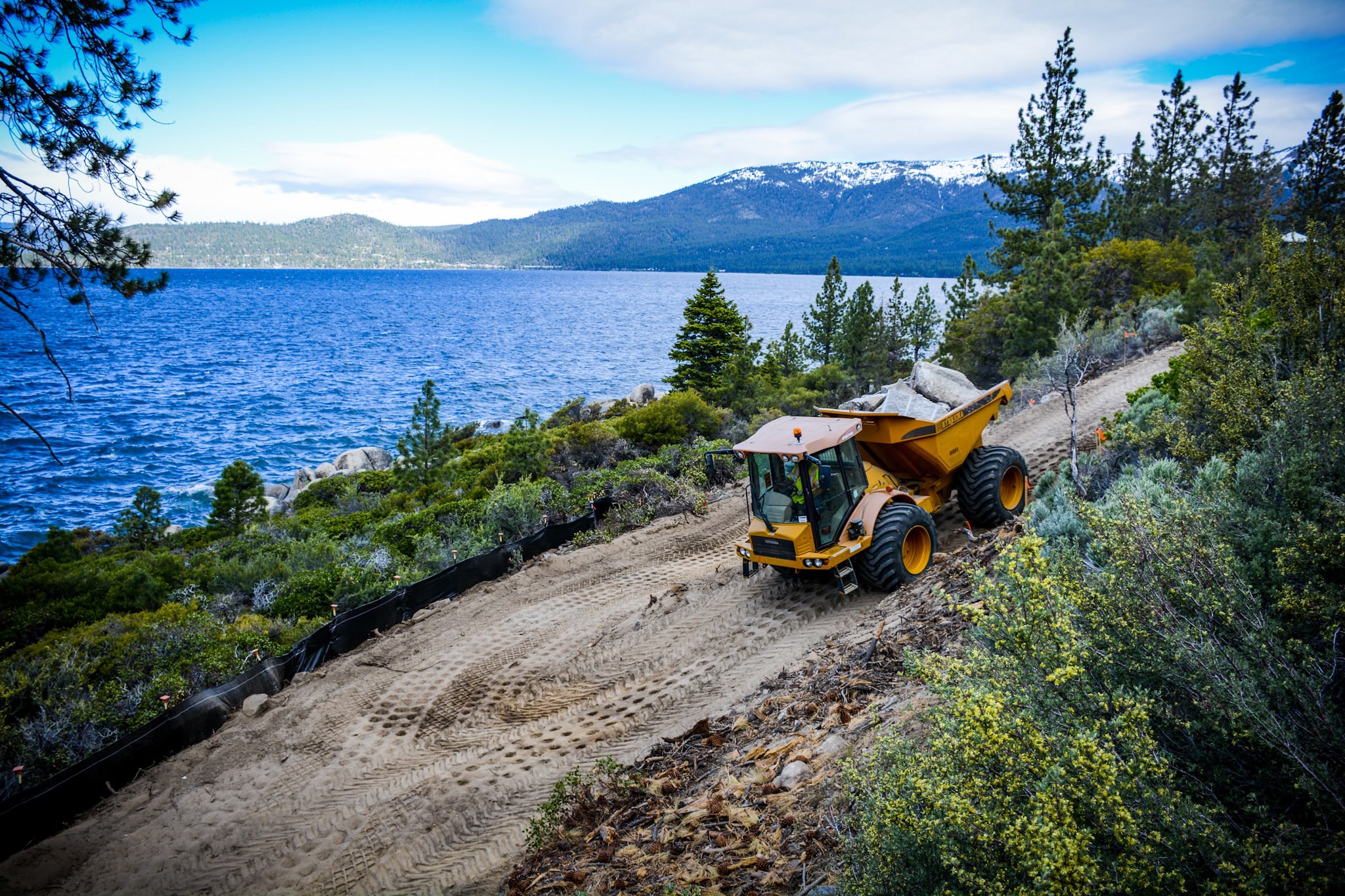
Upgrading from Email to ACC
As Autodesk was finalizing the new Correspondence tool within its platform, Granite was selected as one of 15 customers for a private beta in July 2022. The company participated in the beta kick-off and demo sessions, asked valuable questions, and provided helpful feedback to improve the tool’s functionality.
Heather immediately saw potential in the Correspondence tool to help consolidate communication, reduce manual effort in documenting emails, and improve search functionality. However, even with potential benefits on the line, introducing a new method of communication and documentation was met with some skepticism from the Granite team.
“I saw this challenge as an opportunity, and I suggested to my IT team to create a distribution group based on my company’s address book for the projects, allowing the team to easily use the project email address on both their laptops and their mobile devices,” says Heather. “So I started to observe that these improvements provided a level of comfort to the teams and the emails were starting to be sent to the tool.”
After initial use on pilot projects, the teams realized the Correspondence tool could serve as a trustworthy project communication repository to house emails from clients, subcontractors, vendors, and suppliers on future projects.
Corresponding in the Elements
Using the Autodesk Correspondence tool, Granite teams can create correspondences, reply to them, add attachments, and receive notifications. On various projects, the Correspondence tool is simplifying the process of receiving emails for approvals, submittals, and notifications.
"It's been very helpful to send official notifications to the client, knowing they're securely stored in Autodesk project files for easy reference," says Heather. "Recording documents directly from the Correspondence tool makes our workflow seamless in Autodesk."
Teams can also add attachments from the Files module in Autodesk Build, save attachments to Files, and add references to RFIs, issues, submittals, and more. And thanks to new Autodesk updates, subcontractors and owners who don’t have a Build license can simply access the Correspondence tool once they receive an invite from Granite.
And—particularly helpful on remote projects—teams can access the Correspondence tool on their iPads and respond when they’re in the field.
“The Correspondence feature in Autodesk is extremely helpful for storing project correspondence that needs to be part of the project record, and you don’t want it to be buried in someone’s personal email archive ,” says Brittany Barnes, Contracts Specialist III at Granite.
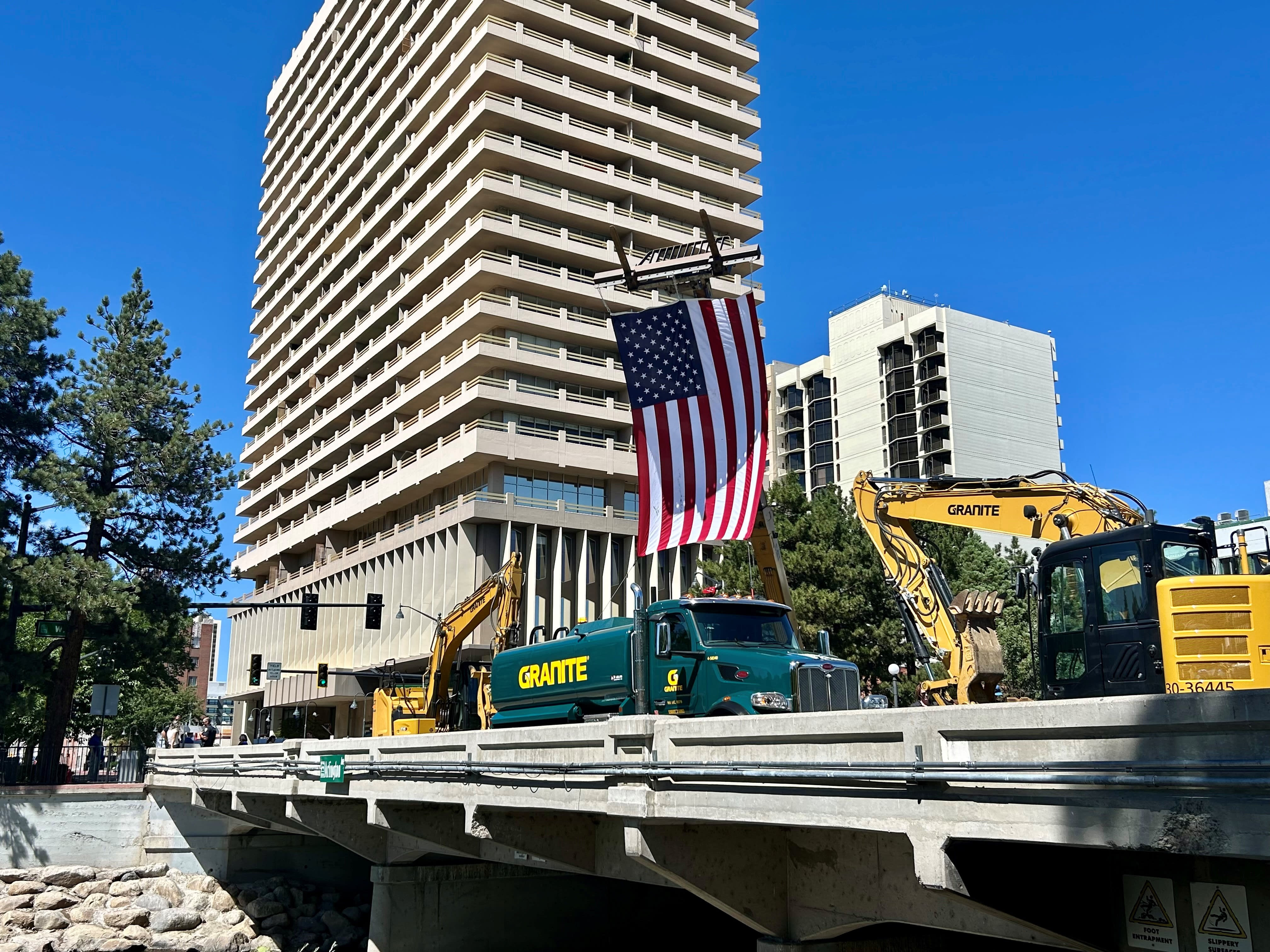
Creating a Central Source of Truth
Using the Correspondence tool allows Granite to eliminate multiple versions of the same document across the platform, which is “a document manager’s dream,” Heather says.
This process makes it easier to report on communications and keep teams accountable, as well as store project correspondence that needs to be part of the project record without getting buried in someone’s personal email archive.
“I don’t have to search on a thumb drive, or a hard drive, or somebody’s desktop,” says Heather. “It really helps the team be able to customize the information and have it in a single area.”
Operating from a single source ensures every stakeholder can see the progression of change, whether it’s a minor or major. This translates to significant savings for the team, both time and money.
“When people ask me why document control matters, I explain that it matters tremendously once that information goes out and our team is building off of it. Consistency is key in elevating communication processes, and document control is essential for business operations," says Heather. "A solid document retention process improves efficiency, boosts performance, ensures compliance, and reduces risks."
Unearthing Important Messages
Rather than managing several hundred different inboxes or manually uploading emails, all project correspondence can be managed in Autodesk Build with emails flowing through the Correspondence tool.
Historically, email subject lines often change as the conversation continues, which can make it hard to keep track of the conversation history. In the Correspondence tool, Granite teams can search and filter by subject line and define correspondence types so that they don’t lose context.
Many clients only send emails for their approval and comments by adding the project specific email to the distribution group. Using the Correspondence tool means no one is holding up communication or approval.
“Instead of it being buried in Outlook, the Correspondence tool offers a centralized location for receiving these communications, allowing our workflow to move much faster without any kind of hindrance,” says Heather.
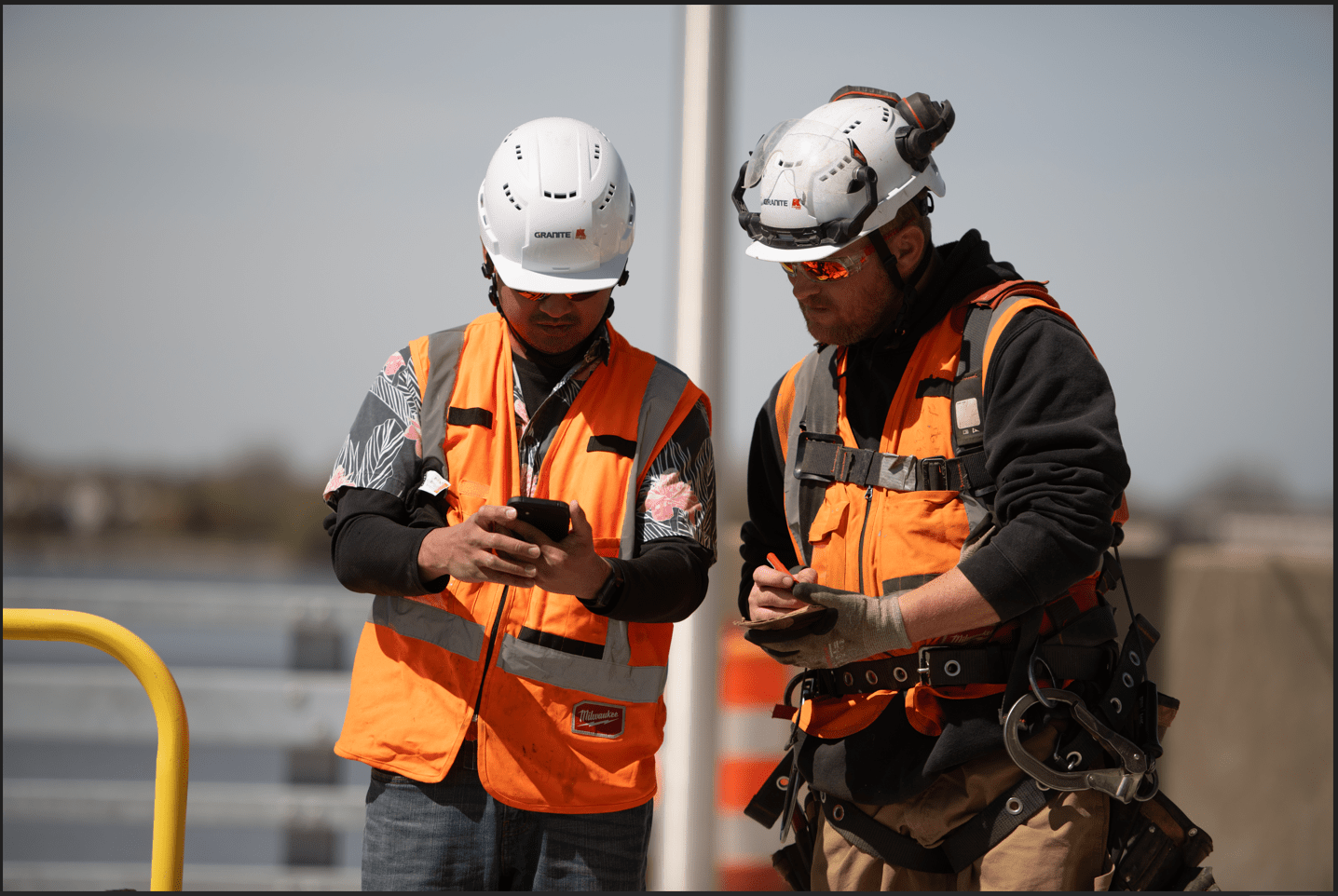
Building On the Correspondence Foundation
To date, Granite has implemented the Correspondence tool on over 400 other projects. They’re anticipating even more correspondence features on the horizon within the tool.
“I anticipate that additional features will reinforce our culture, and having a central repository for project information will reduce the risk of data loss,” says Heather. “As our teams see the transparency and how it can really help them, it makes all the difference in embracing the new technology.”
As the Correspondence tool keeps changing for the better with new features, it will allow the entire Granite team to better communicate change on projects.
“Knowing that all the information is consolidated and documented in one platform is a game changer for everyone involved,” says Heather.
